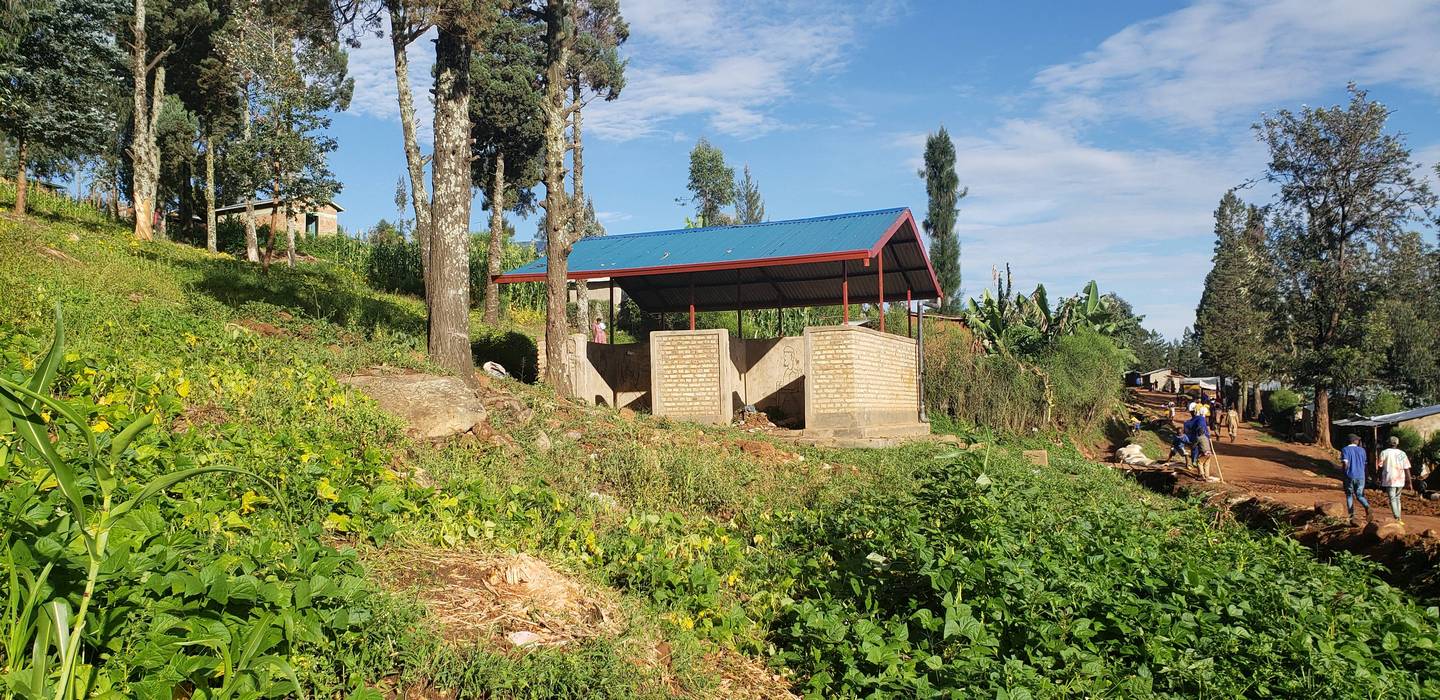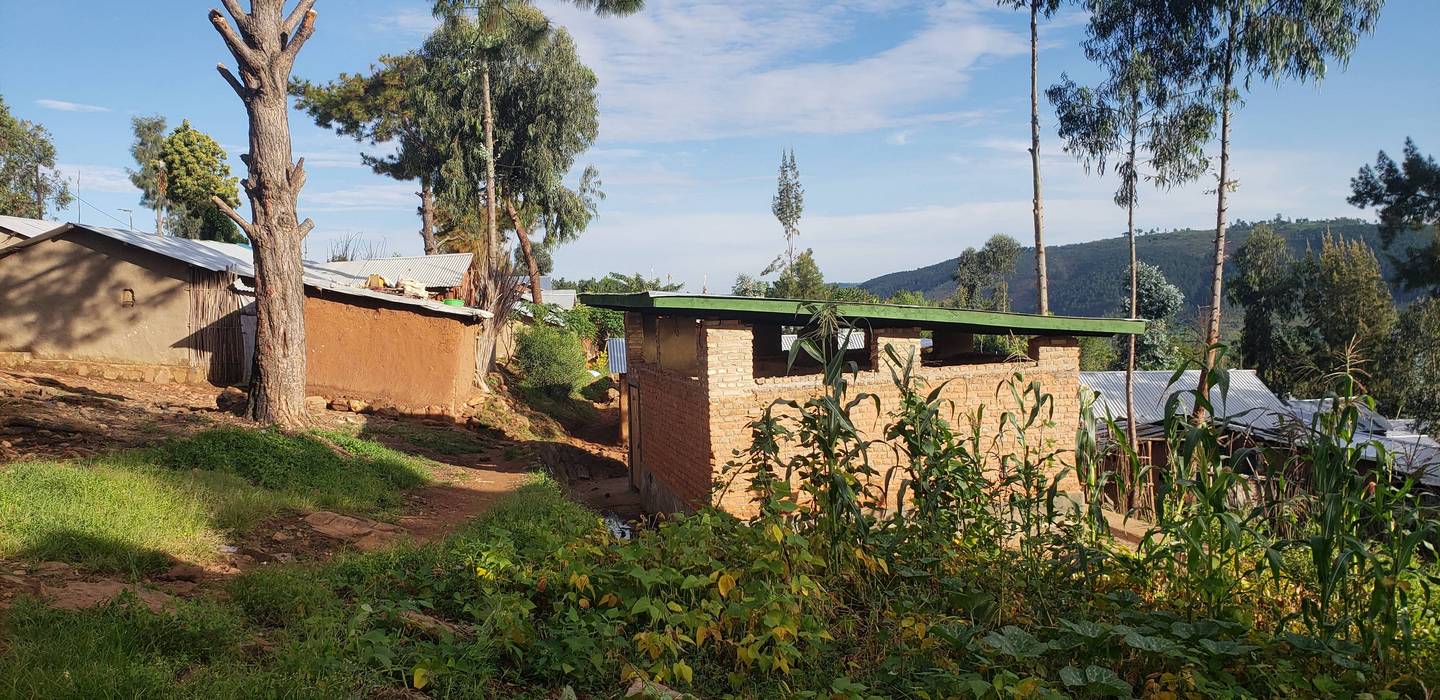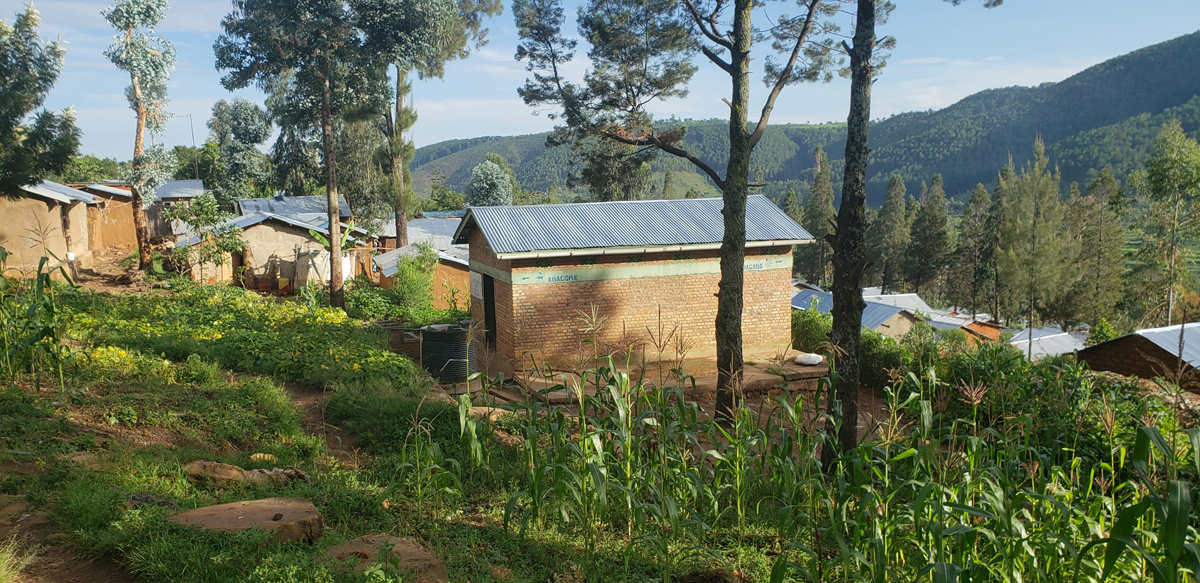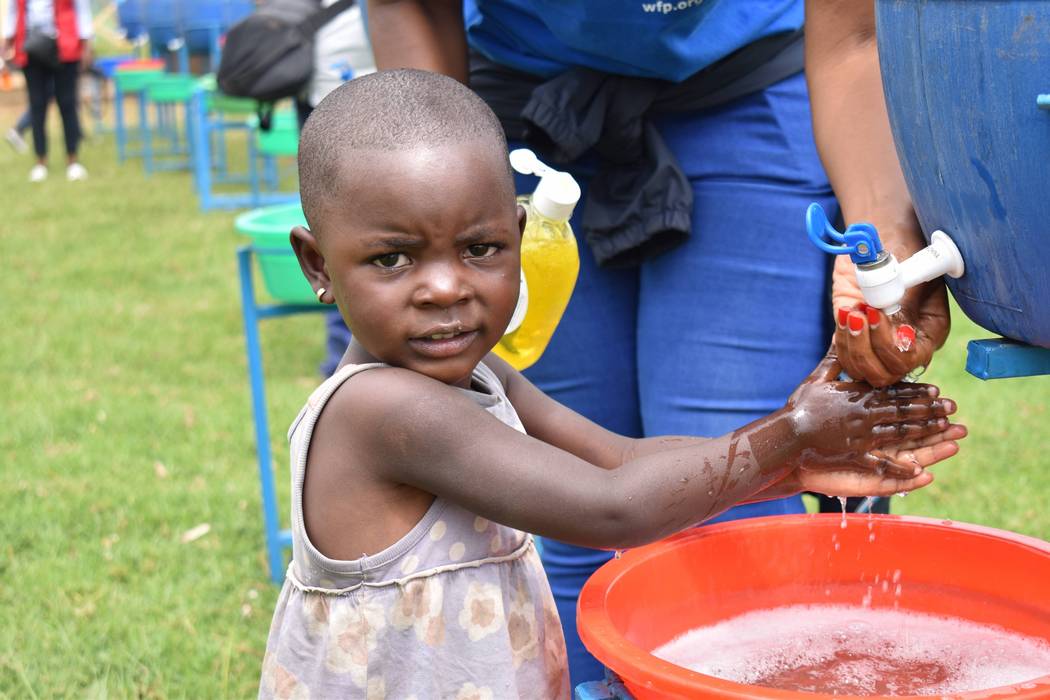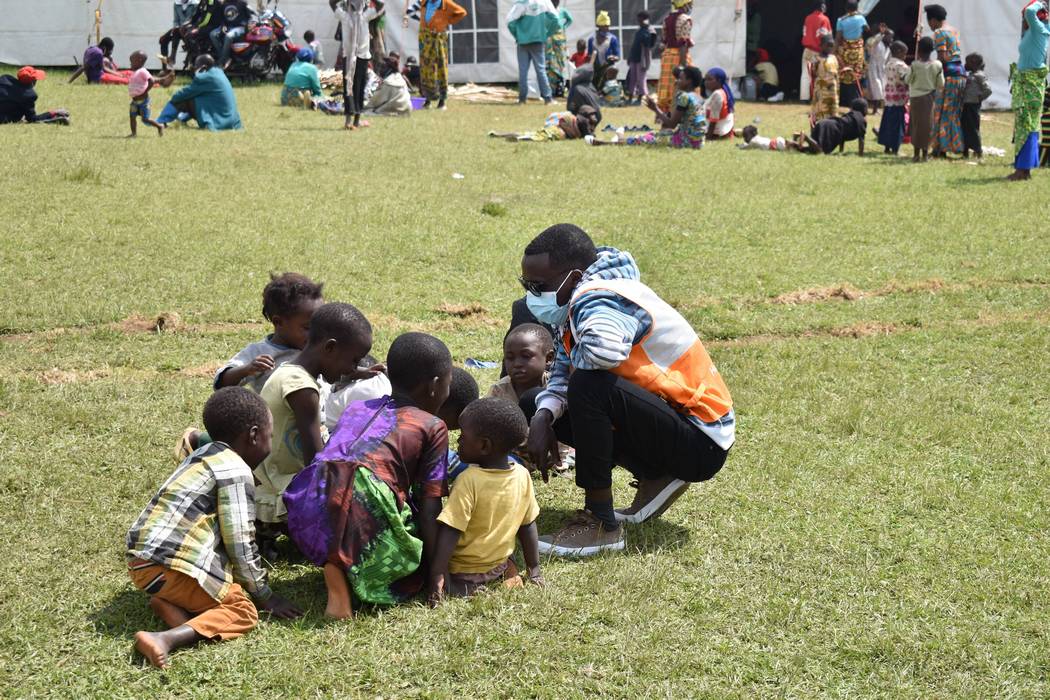Gatsibo District, Eastern Province, Rwanda
In collaboration with

October 2021-September 2022
Improve the health conditions of refugees from the Democratic Republic of the Congo. Construction of a block with 10 latrines and another with 10 showers. Creation of two garbage collection points to guarantee good management of solid waste.
Objectives
- To improve health conditions in the Nyabiheke refugee camp.
- To enhance hygiene and access to adequate sanitation facilities.
- To reach the recommended standard of 20 people per well and increase access to sanitation facilities for the entire refugee community.
Beneficiaries
485 direct
209 children under 15 and 250 women
14,549 indirect
7,420 children under 15 and 7,834 women.
The entire population living in the Nyabiheke refugee camp, as all facilities are communal and shared.
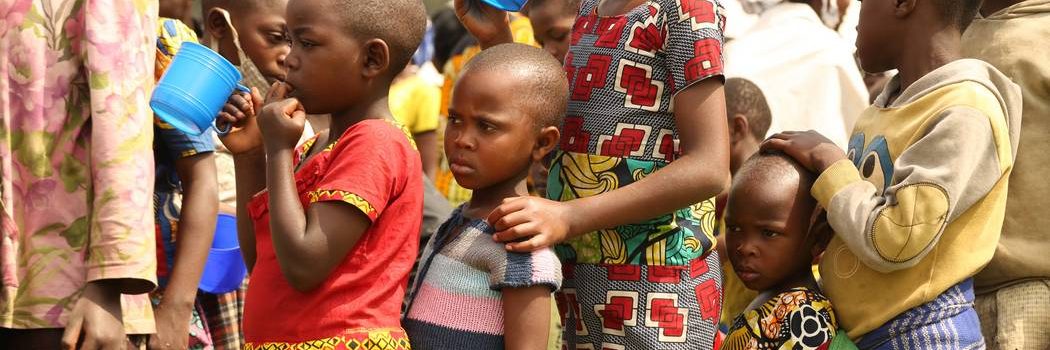
On the ground
The refugees come from the Democratic Republic of the Congo and have fled their country because of the political and social situation. The sanitation and hygiene facilities are old and require minimum privacy and security.
The Nyabiheke refugee camp is currently home to 14,549 people, of whom 46.2% are men and 53.8% are women. 51% are under eighteen, 45% are between 18 and 59 years old, and 4% are over 60.
It is also necessary to build garbage collection points to guarantee that solid waste is not scattered around the camp, mainly used and discarded masks, but also other debris that must be managed to prevent the spread of diseases and protect the environment.
On the other hand, it is essential to improve awareness of the importance of hygiene and sanitation to prevent diseases in the population concerned.
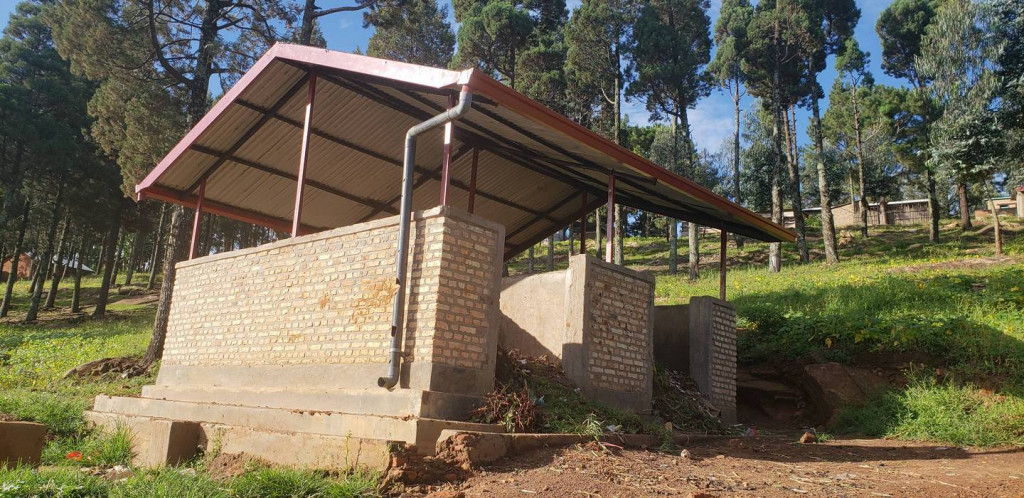
In detail
With the participation of the beneficiaries, a block of 10 latrines and a block of 10 showers will be built. Moreover, two garbage collection points will be installed to guarantee adequate solid waste management (sorting, collection, transport, and disposal).
The designs of showers and latrines will take into account the specific needs of men and women, prioritizing the most vulnerable population: people with disabilities, the elderly, and other people with particular needs, ensuring the project’s inclusiveness.
The MINEMA (Ministry in Charge of Emergency Management / Rwandan Government) will facilitate the location of these latrines and shower blocks in the sectors with the greatest need.
A sanitation committee will be created in each community. Its primary function will be to raise awareness of good practices and proper use and maintenance of the facilities built so that refugees may take ownership of them. Furthermore, camp technicians will be trained to repair and maintain the infrastructures.
The refugee camp community participates in the entire process, from planning to implementing the activities, monitoring, and assessing the project. The building and renovation of the facilities will be carried out by qualified builders, who will be selected through World Vision’s standard participative process. It starts with the specific identification of needs and the participation of all beneficiaries before the bidding process.
During implementation, communities support monitoring the works and provide suggestions for improvement. The committees, made up of community volunteers, will contribute to training activities.
The project will be implemented in addition to the existing water, sanitation, and hygiene (WASH) interventions in the refugee camp, according to a work plan that will help implement all project activities, meet the established timelines and avoid delays in implementation.
Building materials will be purchased at a local business. The World vision engineer, the WASH facilitator, and the project manager will supervise the building and renovation activities and report progress. This will align the project objectives and goals, minimize possible risks and meet targets within the budgeted cost.
The project will increase the access to sanitation facilities in the refugee camp and reduce the problems caused by their lack in terms of health and coexistence. It will also reduce the incidence of diseases related to access to basic sanitation and hygiene, especially among women and children. Adequate management of solid waste (collection, sorting, transport, and disposal) will reduce the incidence of diseases and make the environment and surroundings safe.
Solid waste management will be used to produce manure, which in turn will be used for agricultural development, both in the camp’s vegetable garden and in the host community’s crops. Once the project is completed, there will be a sustained improvement in the health and well-being of the refugee community, specifically among children.
Prospects of sustainability
The creation and support of sanitation committees in the sectors where the latrines and showers will be built will create a sense of ownership that will ensure the sustainability of the WASH facilities in general.
The refugee community will participate in implementing the project during the construction phase by providing unskilled labor. Their participation in analyzing problems and devising solutions will ensure the viability and sustainability of the project. The community will also use the facilities, and the sanitation committees will support awareness-raising on the need for hygiene and its proper use. The designs are gender and disability sensitive and, through the camp’s community hygiene clubs, the community will be empowered to make appropriate use and maintain both showers and latrines.
The project will work with technicians from the refugee community who have knowledge and experience in building and renovation works to ensure sustainability. Once the project is completed, the refugee community will carry out the repair and maintenance of the built facilities. The committees and hygiene promoters will monitor the daily cleaning of latrines and showers. In addition, all sanitation facilities will be built with durable materials to be used by the refugee community over time.


